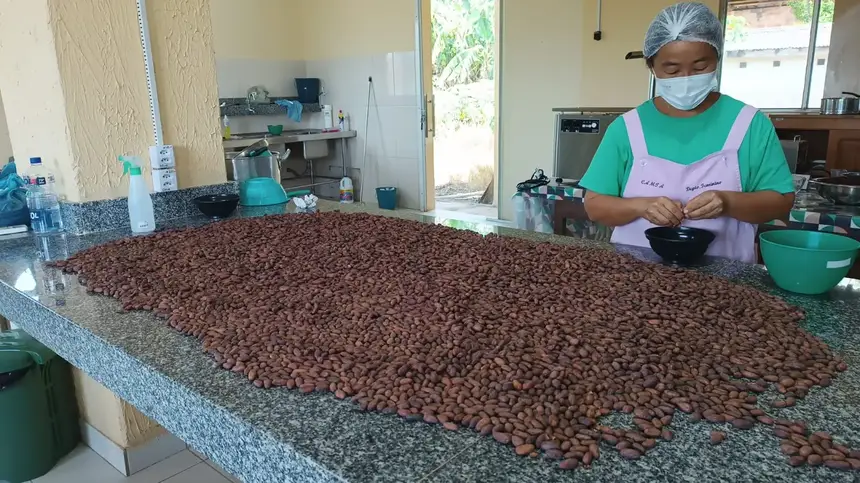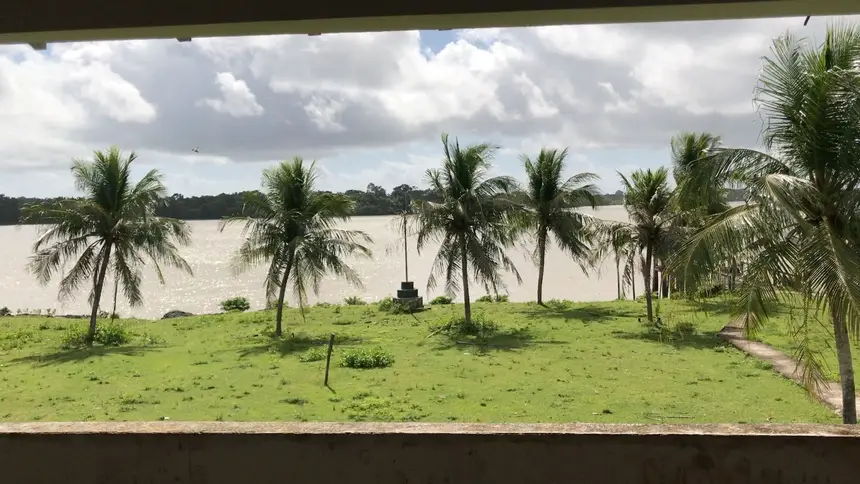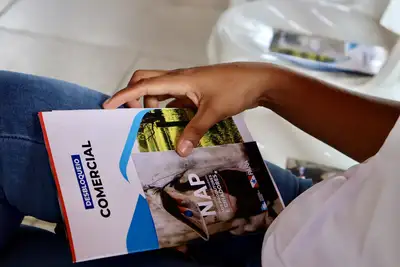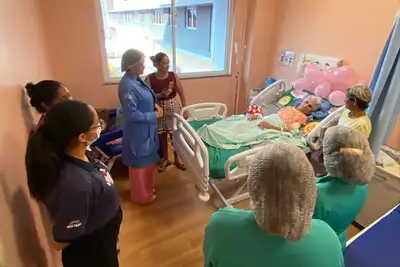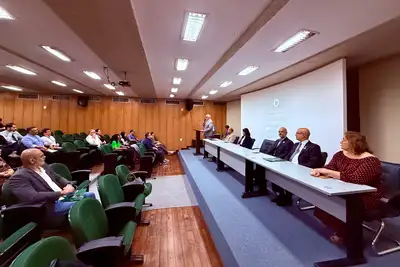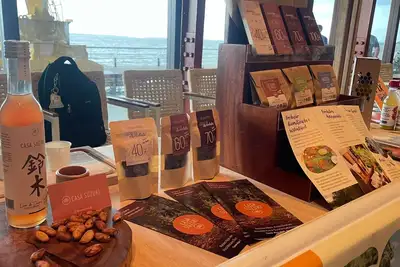Sedap will highlight Geographical Indications and low-carbon agriculture at COP30
The Secretariat will present public policies focused on the Amazonian bioeconomy and sustainable agriculture in panels at the Green Zone and the Museu Paraense Emílio Goeldi
Geographical Indications (GIs) as instruments for cultural appreciation, protection of traditional knowledge, and strengthening local economies, in addition to transforming Amazonian agriculture into a strategic vector for decarbonization, are among the themes that will be presented by the State Secretariat for Agricultural Development and Fisheries (Sedap) during the 30th United Nations Conference on Climate Change (COP30), which will take place in Belém from November 10 to 21. Sedap will participate in panels open to the public in two different spaces.
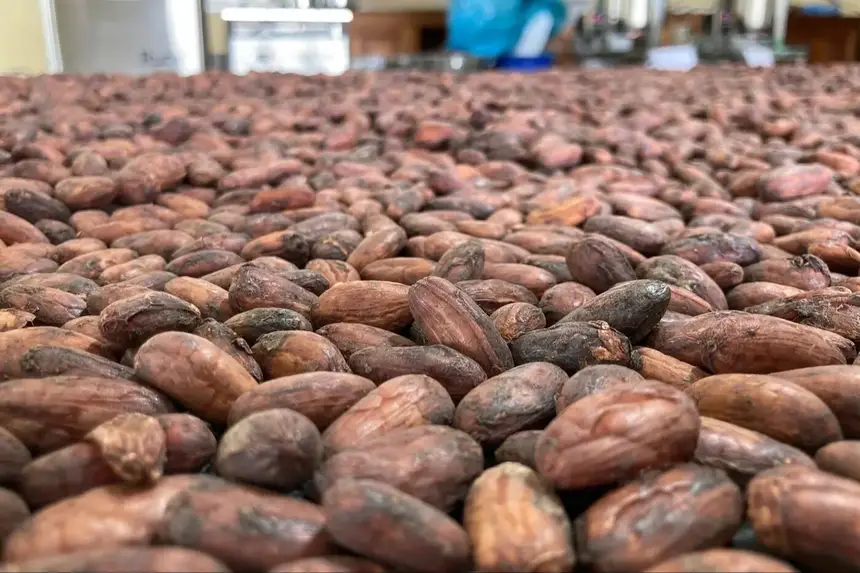
On the 11th, the Secretariat will integrate the event "Amazônia Sempre Station at COP30 in Belém," held at the Museu Paraense Emílio Goeldi. On the 19th, the presence will be at the Sectoral Chamber of Agriculture and Green Economy, in the Green Zone, located in the City Park. From 3:45 PM to 5 PM, the panel "Geographical Indications: Protection of Traditional Knowledge and Sustainable Development" will be presented.
On the 20th, Sedap will have two participations. From 5:15 PM to 6:30 PM, together with representatives from the State of Amazonas, it will present the topic "Agriculture – Decarbonization and Low-Carbon Agriculture in the Legal Amazon." Right after, from 6:45 PM to 7:45 PM, the topic "Agriculture – Productive Chains and Sustainability: Public Policies for the Amazonian Bioeconomy" will be discussed, with participation also from representatives of Amapá.
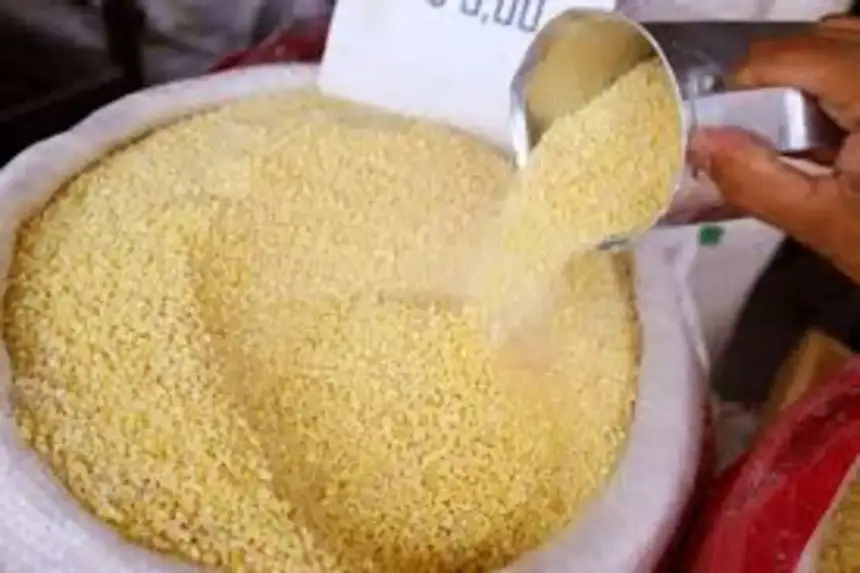
According to agronomist Márcia Tagore, coordinator of the State Program for Incentives to Geographical Indications and Collective Marks of Sedap, one of the objectives of the Secretariat is to highlight the relationship between the recognition of GIs and environmental conservation. "Since it is about caring for nature, we cannot dissociate it from the climate theme. Many of the processes we experience are linked to the way humans interact with the environment. We are part of it. When we understand this relationship, we realize that Geographical Indications also express this connection with natural, cultural, and human riches," she emphasized.
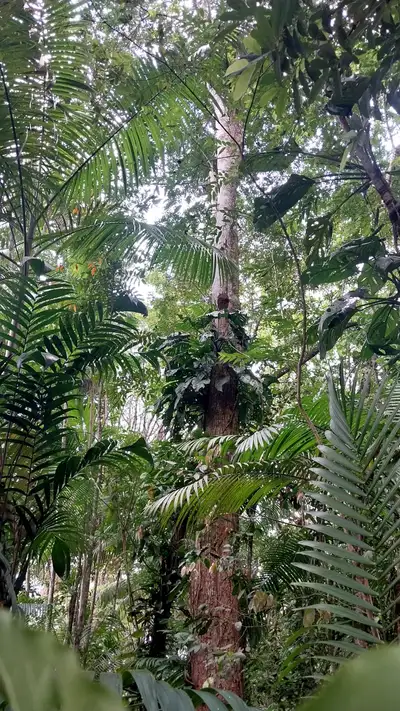
Experiences – During the panel, Brazilian and international experiences will be presented that demonstrate how origin certification can boost sustainable productive chains, ensure social justice, and contribute to mitigating climate change by favoring low-impact production systems.
One of the highlighted examples is the GI of cocoa almonds from Tomé-Açu, in northeastern Pará, the first recognized in Pará by the National Institute of Industrial Property (Inpi). "The Agroforestry System of Tomé-Açu (Safta) is unique. It builds new knowledge and reinforces traditional knowledge, both from Japan and Brazil, giving visibility to the wealth of our State," emphasized Márcia Tagore. The municipality is one of the references for Japanese immigration in the Amazon.
In Sedap's program, topics such as the importance of GIs for family farming and traditional peoples, sustainable tourism associated with origin certification, environmental preservation, and the role of local governance in the credibility and appreciation of Geographical Indications in the Amazon will also be addressed.


